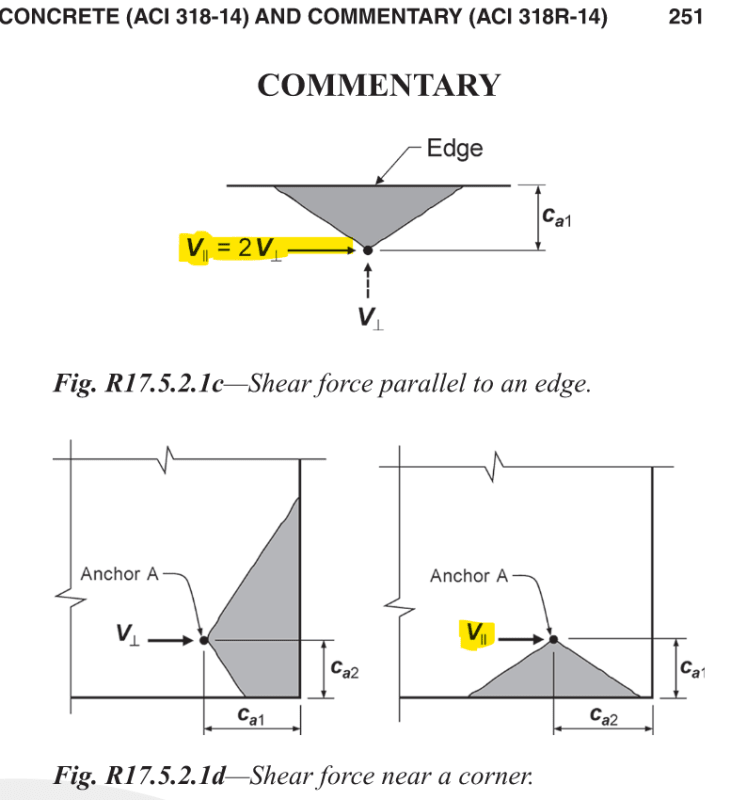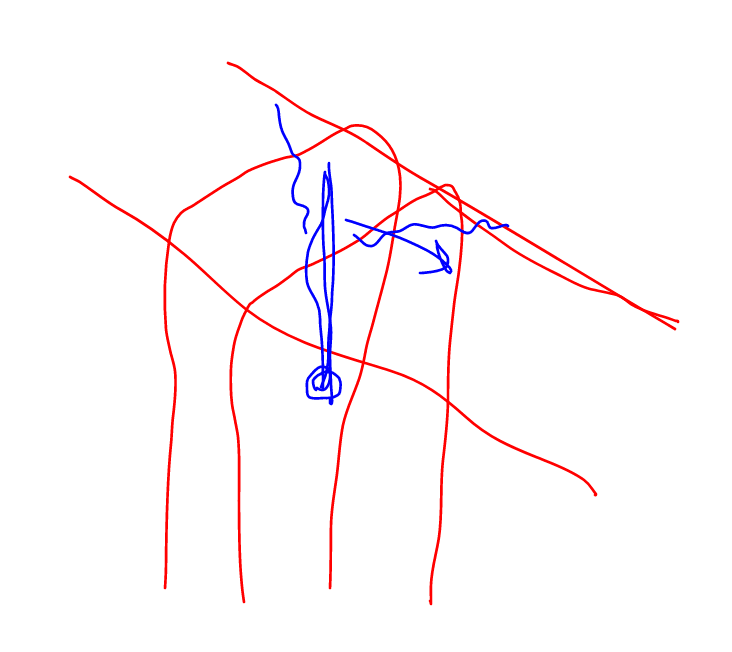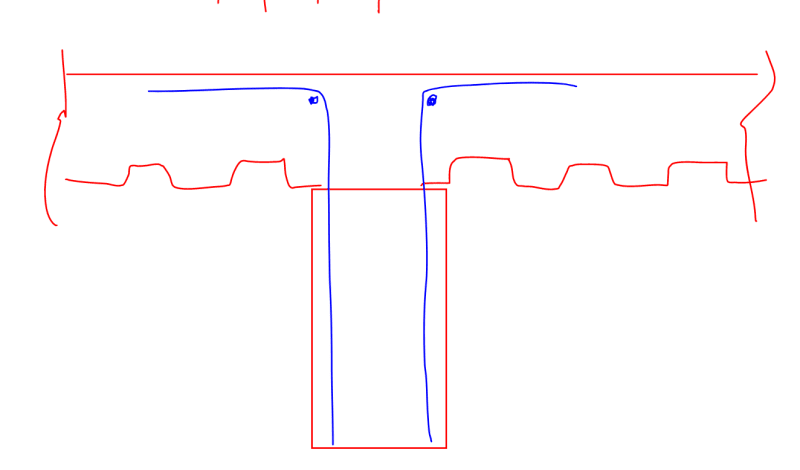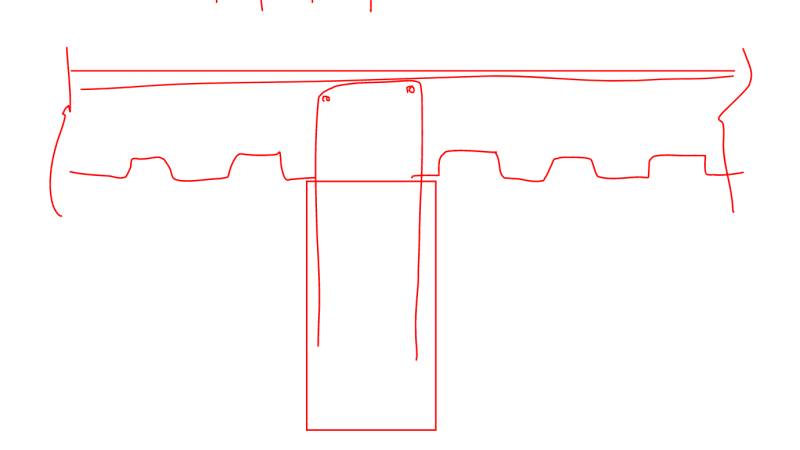Hello,
I have a condition where I am trying to transfer in-plane shear to the top of a concrete shear wall. The slab-on-steel floor deck construction runs over the top of this interior wall, so I am planning on connecting the deck down to an embed plate at the top of the wall. I am providing welded headed studs centered in the embed plate every 12" on center. The wall is 14" thick. Due to the large in-plane shear force, I am limited by concrete shear breakout. I was planning on providing hairpins along the length of the wall and parallel to the wall. However, I am now wondering about a potential failure cone along the edge parallel to the wall. To preclude breakout from governing, would I need anchor reinforcement in both directions? Given that I only have a 14" thick wall, I am not sure how I could develop any reinforcement across the wall thickness.
I have a condition where I am trying to transfer in-plane shear to the top of a concrete shear wall. The slab-on-steel floor deck construction runs over the top of this interior wall, so I am planning on connecting the deck down to an embed plate at the top of the wall. I am providing welded headed studs centered in the embed plate every 12" on center. The wall is 14" thick. Due to the large in-plane shear force, I am limited by concrete shear breakout. I was planning on providing hairpins along the length of the wall and parallel to the wall. However, I am now wondering about a potential failure cone along the edge parallel to the wall. To preclude breakout from governing, would I need anchor reinforcement in both directions? Given that I only have a 14" thick wall, I am not sure how I could develop any reinforcement across the wall thickness.




